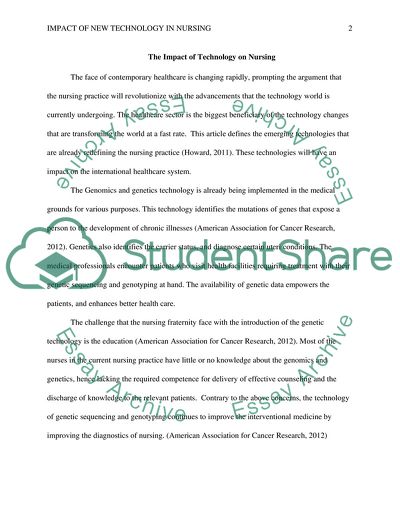Cite this document
(“Impact of New Technology in Nursing Research Paper”, n.d.)
Retrieved from https://studentshare.org/nursing/1687616-impact-of-new-technology-in-nursing
Retrieved from https://studentshare.org/nursing/1687616-impact-of-new-technology-in-nursing
(Impact of New Technology in Nursing Research Paper)
https://studentshare.org/nursing/1687616-impact-of-new-technology-in-nursing.
https://studentshare.org/nursing/1687616-impact-of-new-technology-in-nursing.
“Impact of New Technology in Nursing Research Paper”, n.d. https://studentshare.org/nursing/1687616-impact-of-new-technology-in-nursing.


